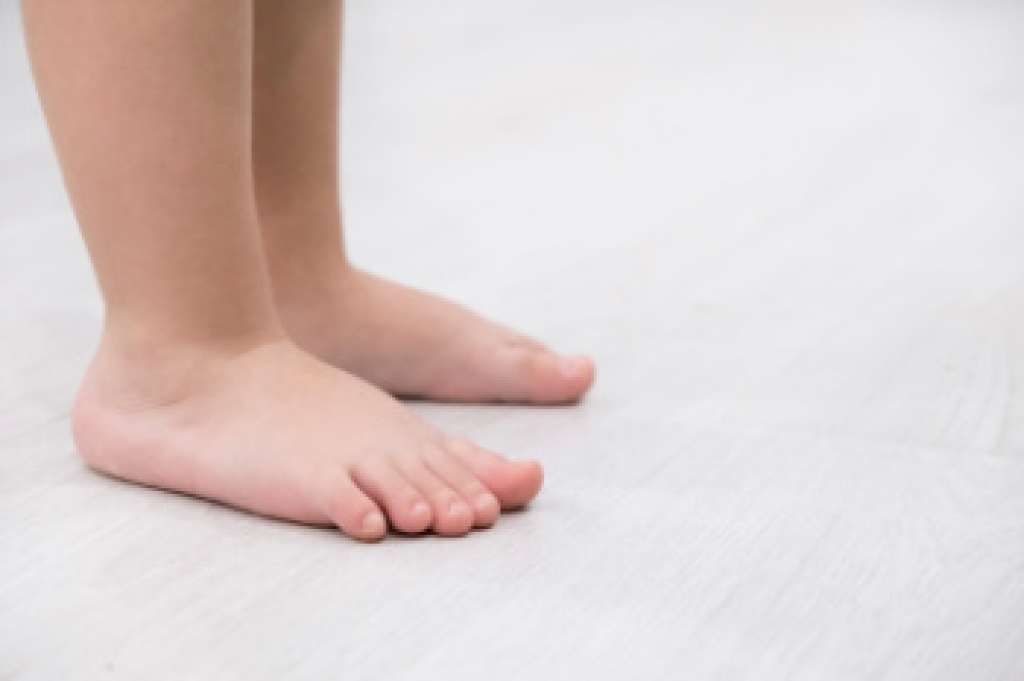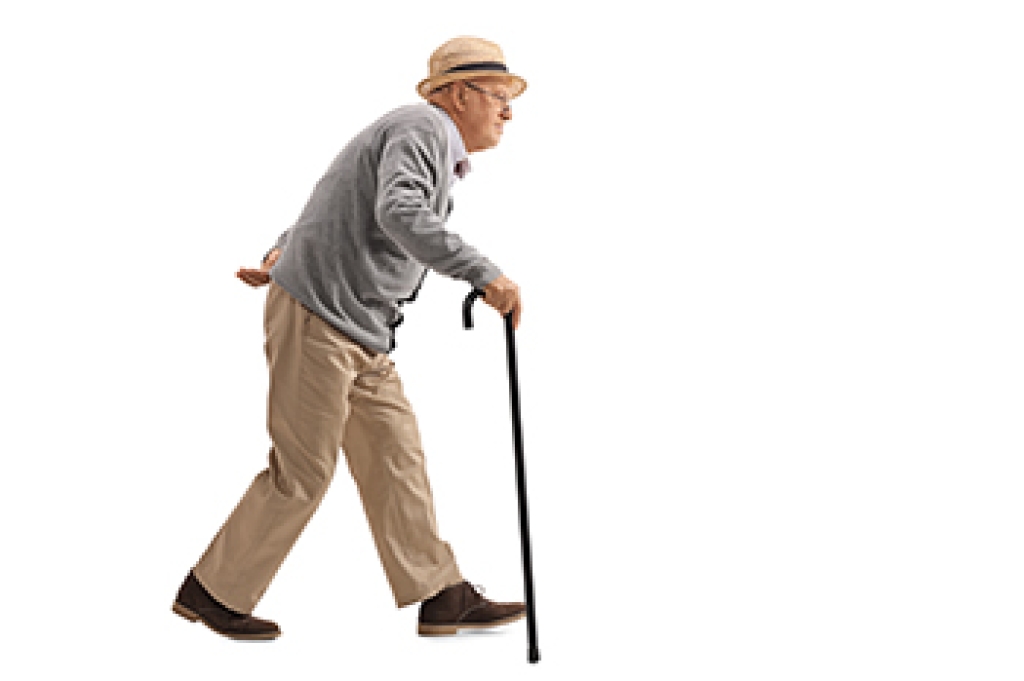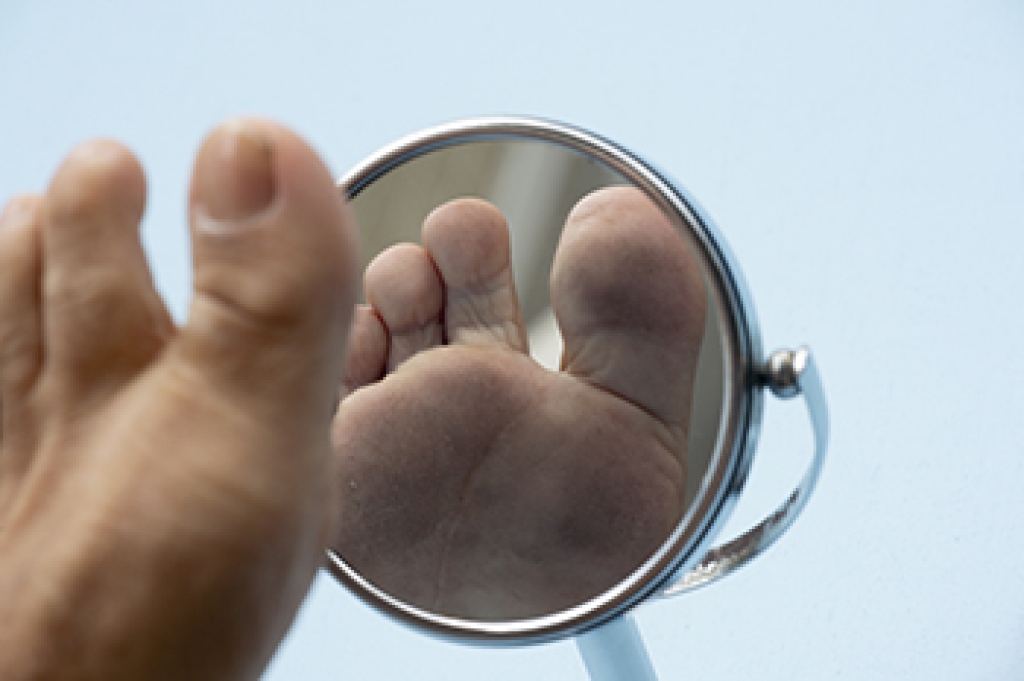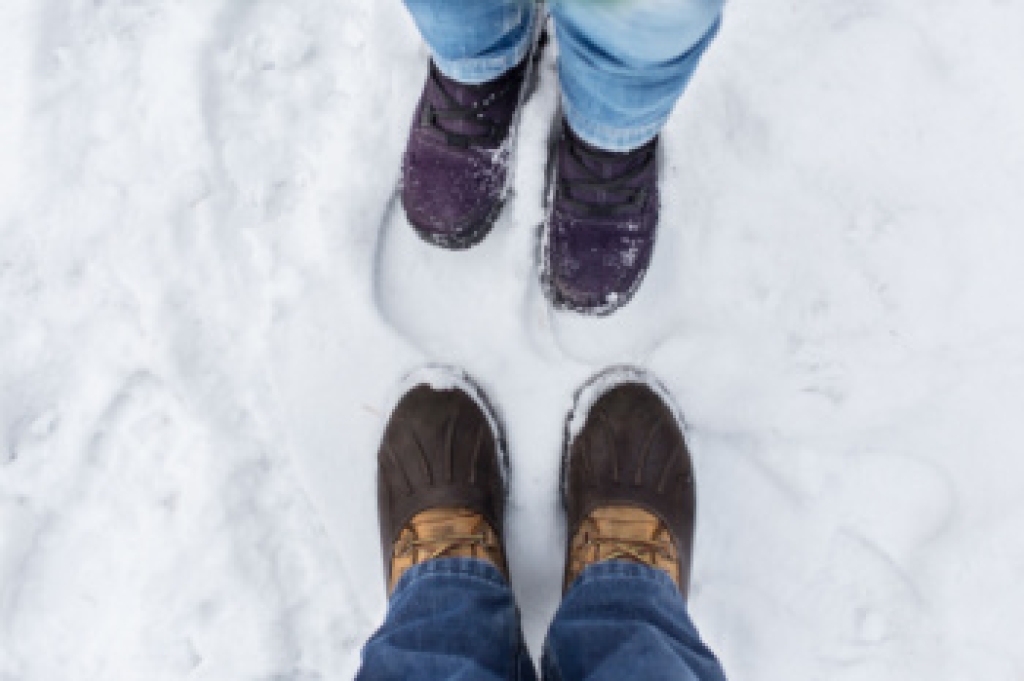
Flat feet, also known as fallen arches, are a common condition among children, characterized by the absence or low arches of the inner foot. While some children are born with naturally flat feet, others may develop them as they grow. In most cases, flat feet do not cause pain or discomfort and do not require treatment. However, in some instances, children may experience symptoms such as foot pain, stiffness, or difficulty with activities like running or jumping. Factors contributing to flat feet in children include genetics, muscle weakness, or underlying medical conditions like cerebral palsy or Down syndrome. While flat feet typically do not require intervention, supportive footwear or orthotic inserts may be recommended for children experiencing discomfort. Encouraging children to engage in activities that strengthen the muscles of the feet and legs, such as swimming or gymnastics, can also help alleviate symptoms associated with flat feet. Monitoring children's foot development and consulting a chiropodist if concerns arise is essential for promoting optimal foot health and mobility throughout childhood. If your child has flat feet, it is suggested that you schedule an appointment with this type of healthcare professional for management tips.
Flat feet are a common foot condition. If you are experiencing pain or discomfort due to flat feet, please consult with one of the specialists from Thornhill Foot Clinic. Our chiropodists will assess your condition and provide you with quality foot and ankle treatment.
What Are Flat Feet?
Flat feet are feet that do not have a well-defined arch in the middle of the sole of the foot. Flat feet may be flexible or rigid. Flexible flat feet have an arch when there is no pressure put on the foot, such as when one is sitting, but the arch disappears upon standing. Rigid flat feet lack an arch regardless of whether one is standing or not.
Causes
Flat feet can be present from birth or acquired over time due to a weakening of the ligaments in the arch. Sometimes flat feet are caused by illnesses, injuries, or pregnancy.
Symptoms
Flat feet often cause no noticeable symptoms. However, some people may experience pain and discomfort due to their flat feet.
Symptoms associated with flat feet include:
- Pain in the arch, heel, ankle, or along the outside of the foot
- Overpronation of the foot
- Shin splints
- Aching or fatigue in the feet or legs
- Pain in the knees, hips, or lower back
Treatment
In cases where flat feet cause symptoms, there are various treatments available. Wearing orthotic inserts in your shoes to provide more arch support, performing stretches, and taking medications may improve your symptoms. If you are overweight, losing weight can help relieve pressure on the feet. In severe cases, surgery may be considered.
If you have any questions, please feel free to contact our office located in . We offer the newest diagnostic and treatment technologies for all your foot care needs.




